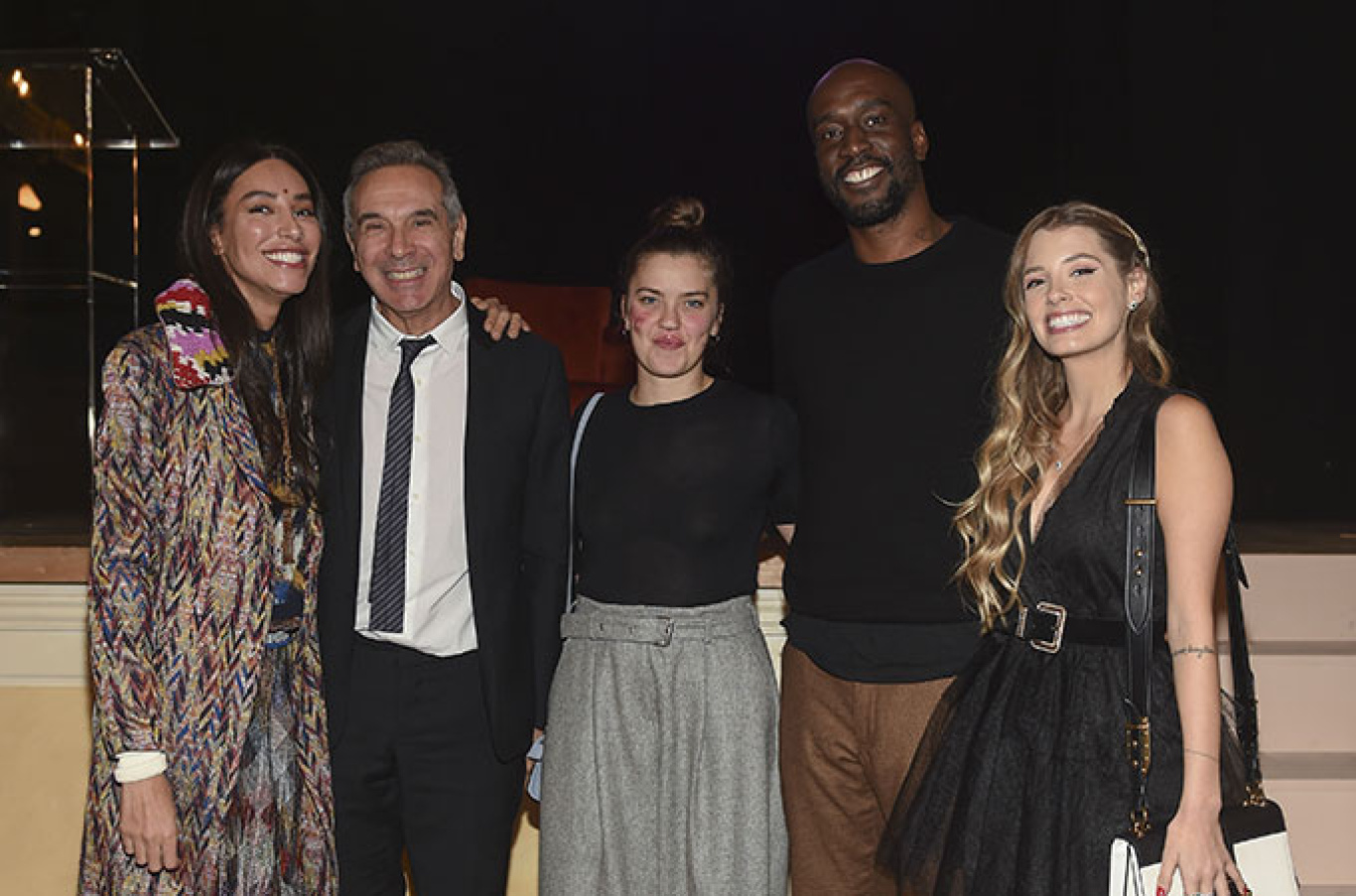THE CNMI DIVERSITY AND INCLUSION MANIFESTO

We define “diversity” in terms of our physical, cultural and ideological differences. Historically, it has been these differences that have either enabled or denied inclusion in terms of fair representation and acceptance, and specifically, it has taken the forms of discrimination, intolerance, tokenism, stereotyping and socio-economic marginalization vis-à-vis the majority. “Inclusion” refers to the reconciliatory practice of accommodating, supporting and embracing diverse individuals and/or groups that may have been marginalized in one form or another. Our approach to Diversity and Inclusion involves acknowledging and respecting lived experiences that are different from our own, and denouncing institutional discrimination of any kind that sustains privilege for some and presents disadvantages for others. Moreover, CNMI will strategically cultivate a safe and supportive environment alongside our brands that will guarantee a balanced sense of well-being as well as opportunities for upward career mobility, ultimately creating a substantive culture shift in the business of fashion.
As a means to examine Diversity and Inclusion in the fashion industry in a more precise manner, we can begin by addressing two key aspects:
1.How a brand’s image communicates diversity through marketing, partnerships and public engagement.
2.How HR and CSR prioritize and exercises inclusion through its hiring practices and ongoing education within the brand’s culture.
Principles of the Manifesto
Building upon those key aspects, we have developed a 10-point manifesto, listing principles and practices that suggest higher standards than the industry status quo and will serve as a model for sweeping reforms in terms of D&I:
1
Diversity is an asset
Companies and CEOs realize that having a multicultural team leads to a more dynamic work environment and improved performance. An intolerance for discrimination or exclusion will enable employees to live their lives more fully.
2
Fashion supports through listening
Fashion will draw its creative inspiration from listening to different lived experiences from around the world, giving a platform to, and amplifying the voices of those who have been marginalized.
3
Collaboration as a commitment
Fashion is enriched through collaboration, and we commit to creating a collaborative work environment that oversees a mutually agreed upon sharing of diverse experiences, projects, ideas and knowledge.
4
Talent without prejudices
As fashion provides an outlet for limitless creativity and vision, we think that any individual with skills, willingness to learn, talent and knowledge has a story to tell and the potential to succeed. Fashion should hold no prejudice or bias–it should reward talented individuals by providing channels and platforms to be seen and heard.
5
Recapturing the ethical dimension of aesthetics
Physically and psychologically harmful schemes of beauty have been rife within the fashion industry from runways to ads to editorial campaigns, and it is time for a change. Legal regulations and an agreed-upon cultural shift in beauty standards amongst brand partners and model agencies will be key in making the aesthetics of fashion more ethically sound.
6
Fashion influences change
Fashion brands are key influencers that have the power to set trends and drive positive change. A company is able to define new aims, shift ways of thinking, broaden perspectives and inspire a rapidly changing (and knowledgeable) world. Part of what makes fashion so impactful is its ability to innovate and create–the potential of these characteristics can be maximized through doing things differently.
7
Inclusion buildsbusiness
Market research has proven that inclusion has a profound impact on business – it enhances the company culture for its employees (also attracting new talent) and it cultivates a more trusting relationship with its consumers.
8
Fashion technology as a facilitator, not a barrier
Another way that we engage inclusion is through embracing new forms of technology, yet understanding that not all employees are “digital natives”. Teaching and implementing new skills will break down the barriers of capability amongst employees unfamiliar with evolving forms of technology.
9
Fashion is fearless
Throughout history, visionaries in fashion (such as designers, business leaders and influencers) have challenged the status quo and pushed the boundaries of what’s creatively possible. Fashion helps us make a statement about who we are and who we want to be, and an engagement with diverse perspectives can imagine new futures in fashion branding.
10
Walking the talk
It is imperative that D&I is aligned with and integrated into the overall business structure, mission statement and core values of our brand partners. To begin this work in earnest, CNMI will monitor how brands have started adopting and implementing these 10 principles into their culture and throughout their workforce.
Download PDF THE CNMI DIVERSITY AND INCLUSION MANIFESTO